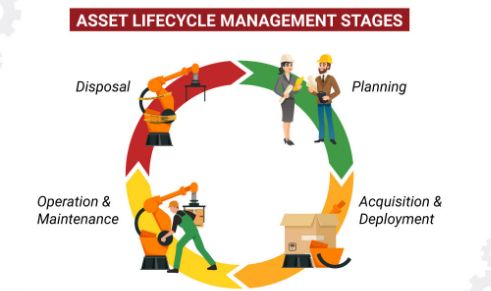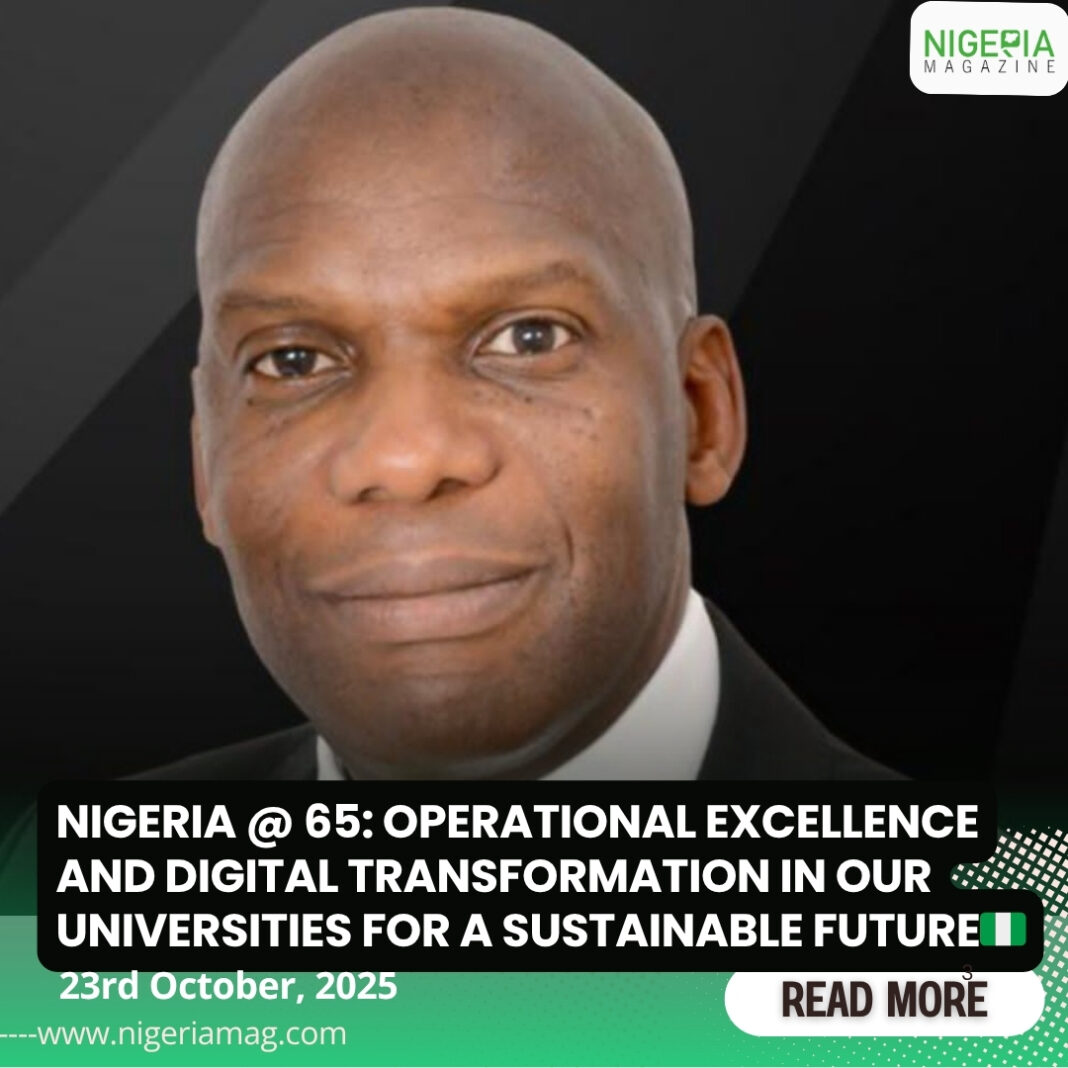By Chidi Umeano, Principal Consultant at Codub Consulting Ltd
As Nigeria marks 65 years of independence on 1 October 2025, the question before higher education is stark: how do our universities power national renewal in an era of tight budgets, infrastructure strain and global competition?
The answer isn’t a single app or a
shiny building. It’s a culture of operational excellence, asset management optimisation,
and joined-up digital transformation working together to deliver quality, value and
resilience.
Why this matters now
• Scale and complexity: Nigeria’s system now counts 300+ universities (public and private). The National Universities Commission’s dashboard shows 72 federal, 67 state and 168 private institutions, which is evidence of rapid, plural growth that demands professionalised operations and interoperable systems, not silos.
• Tight funding: In the 2025 federal budget, education’s share is about 7%, well below the long-standing 20–26% benchmarks cited in policy debates, underscoring the need to sweat assets, cut waste and stretch every naira.
• Targeted interventions: TET Fund’s 2025 package (part of a ₦700bn envelope) channels new money into infrastructure and research, but the Fund has warned about poor utilisation of ICT investments, a reminder that governance and capability matter as much as cash.
• System headwinds: Frequent power outages, ageing assets and recurring industrial tensions raise downtime risks, thus making preventive maintenance, data-driven scheduling and contingency planning essential.
- Momentum for reform: International partners are still investing e.g., a World Bank $1.08bn package in 2025 includes significant support for education quality. Universities that can measure impact will compete best for such funds.
1) Operational Excellence: culture before tools
Operational excellence is a mindset, not a checklist: problem-solving, innovation and leadership driving continuous improvement. One could use the Lean method to strip waste, the Six Sigma (DMAIC) method to reduce variation, and the Kaizen methodology to embed small, steady gains. Anchor it on three enablers: a holistic environment, a collaborative workforce, and committed leadership. The payoffs include better experiences, fewer bottlenecks, lower costs, and empowered teams.
2) Asset Management Optimisation: reliability = learning time

From classrooms and labs to power, water and ICT, treat assets as strategic. Build a single asset register, tag critical equipment, and move from reactive to preventive/predictive maintenance via Enterprise Asset Management (EAM) Systems. This results in higher uptime, safer campuses, clearer capex plans, and fewer emergencies.
3) Digital Transformation: integrate, don’t just digitise
“Putting paper forms online” isn’t transformation. Universities need to aim for interoperable platforms, a University Management System (UMS) for academic/student services, tightly integrated with EAM, HR and Finance so leaders get one version of the truth. The benefits are a better student experience, increase in productivity, stronger analytics, and collaboration across silos.
Nigeria-specific priorities for Year 1
1. Power resilience: Map critical assets (generator sets, inverters, HVAC, water). Schedule preventive maintenance and stock spares as well as monitor run-hours and fuel via dashboards to cut blackouts’ that have significant academic impact.
2. ICT that works: Pair TETFund ICT projects with adoption programmes, so tools translate into outcomes.
3. Transparency and value for money: Link the universities asset register to procurement and budgeting and thereby track total cost of ownership (TCO) to justify any funding.
4. Student-centred services: There should be one digital “front door” for admissions, fees, timetables, halls, complaints, disability support and careers. Tie service desks to SLAs and publish turnaround dashboards.
5. People and change: Fund change management like a capital project (communications, training, incentives). This is how we convert 7% budgets into 100% effort.
Governance that sticks (for the next 36 months)
- Establish a Digital and Asset Governance Board chaired by a DVC/Registrar with ICT, Works/Estates, Finance, Academics and Students’ Affairs at the table.
- Approve a 36-month roadmap with quarterly deliverables.
- Mandate platform integration, a common data dictionary, and executive dashboards for asset uptime, maintenance backlog, TCO by asset class, student service SLAs, digital adoption.
A 12-month action plan (fast, focused, Nigerian)
Q1: Baseline and quick wins
- Stand up the governance board; appoint a transformation lead.
- Launch a unified student helpdesk (ticketing and SLA).
- Start asset discovery; publish the first campus asset map.
Q2: Platforms and pilots
- Procure/extend UMS and EAM starting with a pilot in one faculty.
- Train super-users and roll out mobile inspections and preventive maintenance.
Q3: Integrations and dashboards
- Connect UMS to Finance to HR and then to EAM. Then go live with executive dashboards.
Q4: Scale and institutionalise
- Roll out across campuses; embed Kaizen/DMAIC cycles and publish annual value-for-money and uptime reports.
The independence dividend
At 65, Nigeria’s universities can be the flywheel of national renewal, if we run them with the same rigour we demand of hospitals, utilities and airlines. Operational excellence keeps standards rising; asset optimisation protects scarce capital; digital integration multiplies every naira. That’s how we turn constrained budgets into expanded opportunity on campus and across the economy.
Chidi Umeano, Principal Consultant at Codub Consulting Ltd
Advocate for older Black men through O5BM. Visionary behind Nigeria’s Asset Summit


